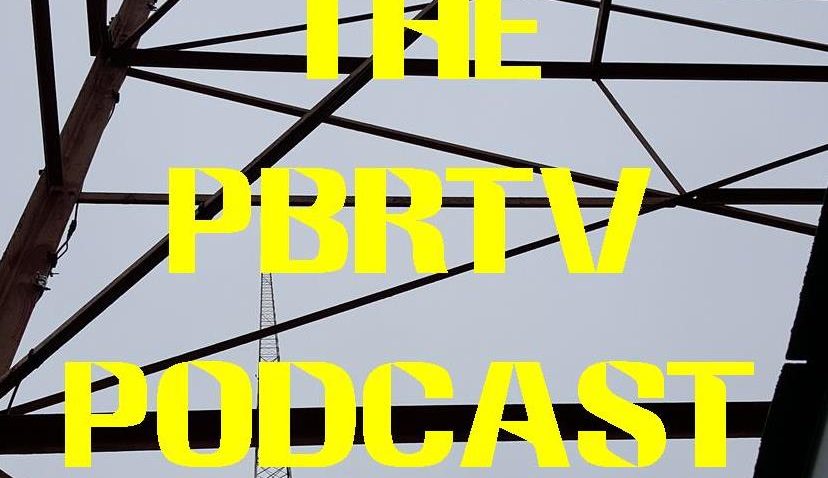You can’t just raise the power… sorry…
August 29, 2020Rob Owen (now of the Tribune-Review) was asked this week if he could find out when WQED-TV (V-13; RF-4) will raise their power.
A couple of years ago, WQED was given $9.9 Million for its former frequency and last year switched their digital frequency signal to Channel 4*. Since that change in 2019, many over-the-air viewers have said that they are unable to receive WQED no matter how many times they have rescanned their TVs and boxes.
Several of you checked in here and, quite honestly, I was a little too busy to research a the time. But I was rather confident that the WQED engineers know what they are doing and wouldn’t have let the station be cheated with signal strength. However, signals all travel a little differently – particularly those at the lower end of the VHF band (2-6). 13 is the highest point on the VHF (Very High Frequency) range and the rest are UHF (Ultra High Frequency).
So between Rob’s research at SolidSignal.com and a discussion with WQED spokesman George Hazimanolis, while the signal travels farther its longer wave length will likely require a large rooftop antenna to receive it best.
Granted, television should be easy to receive anywhere within the station’s viewing area. And analog service was indeed a little more reliable – even if the picture wasn’t perfect.
*Side note: When the digital signals started showing up years ago, WQED’s digital signal was on Channel 38. After the analog signal signed off in 2009, they applied to move to digital 13 making it the only station in town to have its analog channel number as a digital number. It was actually supposed to move to channel 2 in the repack but is on 4. Both of these are ironic as they are the analog numbers for KDKA-TV and WTAE-TV respectively.


The fragility of the VHF ATSC signal has been well demonstrated in Pittsburgh. It may have worked on the Great Plains, however. 🙂